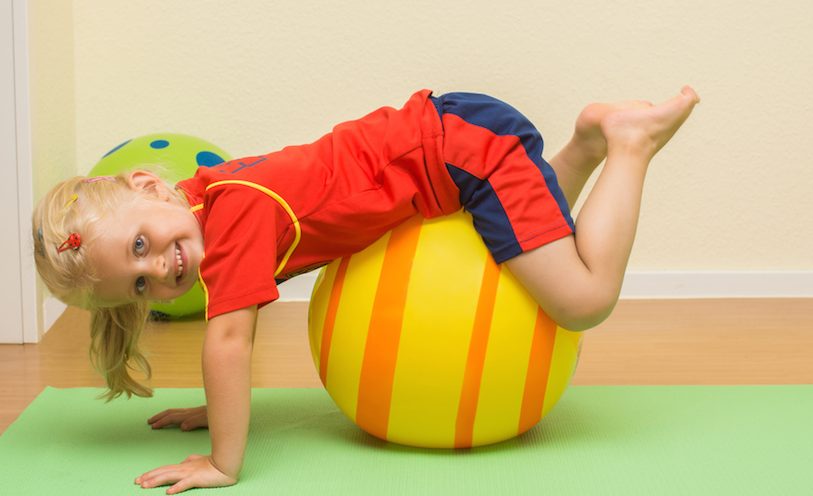Paediatric Physiotherapy

Paediatric physiotherapists are therapists who have developed extensive experience and specialisation in managing children with a range of conditions affecting their physical development, mobility and ability to participate in activities in everyday life. Paediatric physiotherapists offer a range of assessment, treatment and programs to children aged from the newborn to the young adult. From the initial assessment, the physiotherapist will advise you of which are most appropriate for your child’s needs.
The physiotherapist interviews children and their families, and uses physical examinations to diagnose the source of the child’s movement difficulties. Therapists work to improve children’s motor development, strength, range of motion, endurance, gait difficulties, balance, coordination, heart and lung endurance, and delayed motor development.
Goals and Treatment
Goals are developed with the child and family, and progress is evaluated each visit. Treatment approaches are specific depending on the child’s condition. This might include exercises, gait retraining, neurodevelopmental therapy, splinting and positioning, cardiorespiratory intervention and education. State of the art assessment techniques and outcome measures such as Alberta Infant Motor Scale (AIMs), Movement ABCII, Neuro sensory Motor Development Assessment (NSMDA) GMFM, and Baileys can be used to evaluate progress or provide a snapshot of their current function. The physiotherapist may also recommend the involvement of other specialties. When required we will arrange for referral to other health professionals for consultation.
Conditions Managed
Paediatric physiotherapy can manage a broad range of conditions affecting children. Here are some common indicators for intervention and diagnoses seen:
- Low muscle tone
- Delayed gross motor skills, for example delayed rolling, delayed crawling or delayed walking
- Prematurity
- Head shape – plagiocephaly / brachycephaly
- Torticollis (neck restriction)
- Developmental coordination disorder
- Postural problems
- Back / neck pain (heavy back pack, computer use)
- Cerebral palsy
- Orthopaedic surgery – spinal surgery, hip surgery, foot surgery
- Recent removal of plaster or frame
- TAC – motor vehicle accident
- Neurological conditions
- Neurosurgical conditions
- Juvenile Idiopathic Arthritis
- Pain
- Limping
- Foot problems
- Intoeing
- Out-toeing
- Toe-walking
- Ankle sprains
- Foot pain
- Deconditioning due to illness or surgery
- Decreased exercise tolerance
- Hip problems
- Knee conditions
- Brachial plexus injury
- Sports injuries
